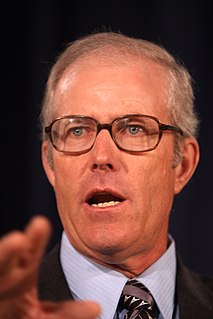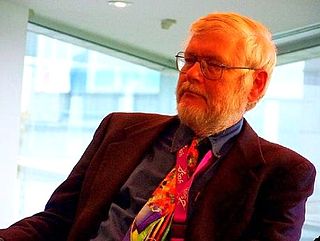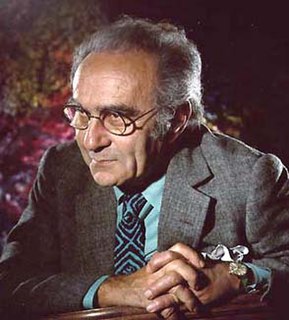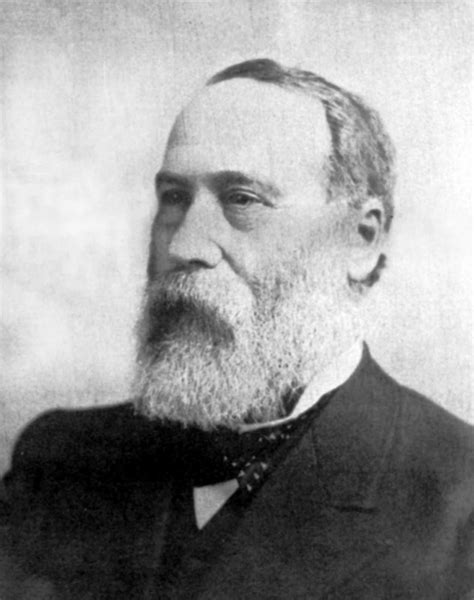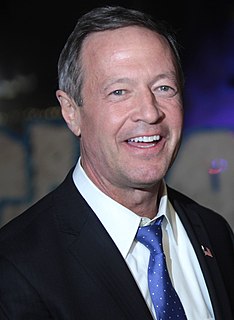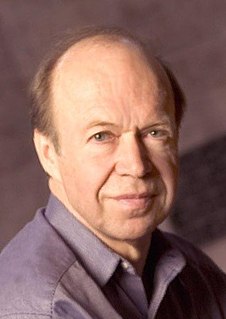A Quote by Joel Salatin
The wealth of any ecosystem is its perennials. The primal herbivore-predator-disturbance-rest dance is literally the breath and pulse of the earth. Grasses recycle oxygen far more efficiently than trees. The turnover is faster. Grass reaches out and turns solar energy into carbon. Tillage hyper-aerates the soil, burning out carbon. But because a plant creates bilateral symmetry at the soil horizon, it sloughs off root mass when the top gets chopped off.
Quote Topics
Any
Because
Bilateral
Breath
Burning
Carbon
Chopped
Creates
Dance
Disturbance
Earth
Ecosystem
Efficiently
Energy
Far
Faster
Gets
Grass
Horizon
Hyper
Literally
Mass
More
Off
Out
Oxygen
Plant
Predator
Primal
Pulse
Recycle
Rest
Root
Soil
Solar
Solar Energy
Symmetry
Than
Tillage
Top
Trees
Turnover
Turns
Wealth
Related Quotes
The essential fact which emerges ... is that the three smallest and most active reservoirs ( of carbon in the global carbon cycle), the atmosphere, the plants and the soil, are all of roughly the same size. This means that large human disturbance of any one of these reservoirs will have large effects on all three. We cannot hope either to understand or to manage the carbon in the atmosphere unless we understand and manage the trees and the soil too.
Men swagger around calling themselves "cattlemen" but abuse their grass like a rapist. And abuse their cattle with concrete fecal feedlots without any regards to rumen function. Vegetable growers plow thousands of acres, planting monocrops of annuals in a never-ending tillage routine that totally annihilates carbon wealth. Why? Why are we so enamored of things that destroy carbon and disrespect the animals under our care? Grass. Lowly grass. It just gets no respect. And yet it is the lifeblood of the planet.
Many people I've met believe that plants are made up of soil-that the tree outside your house, for example, is mostly made from the soil in which it grew. That's a common mistake. That tree is mostly made up of one of the gases in our air (carbon dioxide) and water (hydrogen and oxygen). Trees are solidified air and sunlight.
Since chemical fertilizer burns out the soil organic matter, other farmers struggle with tilth, water retention, and basic soil nutrients. The soil gets harder and harder every year as the chemicals burn out the organic matter, which gives the soil its sponginess. One pound of organic matter holds four pounds of water. The best drought protection any farmer can acquire is more soil organic matter.
Originally, the atoms of carbon from which we're made were floating in the air, part of a carbon dioxide molecule. The only way to recruit these carbon atoms for the molecules necessary to support life-the carbohydrates, amino acids, proteins, and lipids-is by means of photosynthesis. Using sunlight as a catalyst the green cells of plants combine carbon atoms taken from the air with water and elements drawn from the soil to form the simple organic compounds that stand at the base of every food chain. It is more than a figure of speech to say that plants create life out of thin air.
The simplest way to remove carbon dioxide, the main greenhouse gas, is to grow plants - preferably trees, since they tie up more of the gas in cellulose, meaning it will not return to the air within a season or two. Plants build themselves out of air and water, taking only a tiny fraction of their mass from the soil.
If NASA were advancing a space frontier there would be challenges you've never seen before. You have to be creative and you have to patent some new idea. You get to Mars...well, how do we get the water from the soil? I gotta invent a new device that will do that. And the carbon dioxide in the atmosphere, how can we use that? Can we breathe the oxygen from the carbon dioxide?
He that has energy enough in his constitution to root out a vice should go a little further, and try to plant a virtue in its place; otherwise he will have his labor to renew. A strong soil that has produced weeds may be made to produce wheat with far less difficulty than it would cost to make it produce nothing.
Carbon dioxide is natural. It occurs in Earth. It is a part of the regular lifecycle of Earth. In fact, life on planet Earth can’t even exist without carbon dioxide. So necessary is it to human life, to animal life, to plant life, to the oceans, to the vegetation that’s on the Earth, to the, to the fowl that - that flies in the air, we need to have carbon dioxide as part of the fundamental lifecycle of Earth.
